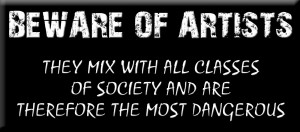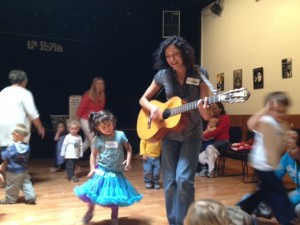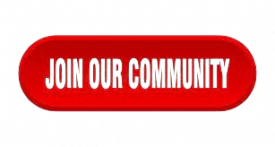By Donnine Canamar
My latest project is a public service announcement for the Human Rights Campaign. I, like many designers, need to go through the process – research, insight evaluation, concept, strategy, and execution. My creative process, or workflow, is all an ebb and flow of compromise, which brings me to a lecture that I attended on procrastination.
We, as a society, have labeled this as a dirty word. Procrastination, we say, gets in the way of progress. It’s the nagging feeling in the back of your mind when you’re doing errands when we should be getting work done. And as a creative, who generally works off her own schedule, this can make people very nervous. In my own experience, I am looked down upon when I am “not doing enough work.”
Lecturing on Procrastination
In the lecture, we talked openly about procrastination. There are three types: A) you do nothing. B) you do tasks less important. C) you do things more important.
Let’s talk about that:
- Type A) The Napper – you have things to do, but you decide that catching up on sleep is just more important.
- Type B) The Laundry Doer – you’ve stared at that pile of laundry for the past three weeks and all of a sudden it becomes top priority over your current project.
- Type C) The Committed – you have family commitments, or other commitments that require your attention.
Type B) The Laundry Doer is said to be the worst kind. Side tracking yourself with meaningless tasks is a way to make yourself feel as if you’re getting work done, when let’s face it, you’re putting it off. In the lecture, we talked about meeting friends, starting new projects, or even doing other unrelated tasks falling under this category.
Wait A Second

I went to art school, and thus, I’ve been given certain methods to getting work done as creative processes go. It’s kind of like trying on different shoes and trying to walk in them until you find one that fits. But here’s something I wish I had been told my very first day in school.
The Creative Process
Everyone’s creative process is different. I need social interactions, as a marketer, to gain insight about my target. I need first hand research, as a designer, to understand how my target is receiving my information. For me, that “sweet spot” is the combination of that feeling that makes me believe that I am close to finding the right answer and I’m under good working conditions. I’m Type A) I don’t like to be tired when working. I’m Type B) I havedone all my errands I need to do. And I’m Type C) I have kept my personal obligations and relationships in tact while doing so.
I realize that as an artist, my way does not fit anyone else’s. Procrastination, for me, isn’t procrastination at all. It’s working smarter – not longer. I use that gorgeous sunset palette in my next design because I needed a walk. I remember that great insight my friend told me about my latest project. Everything, until proven otherwise, is research.
In the creative field, we need to shift our thinking away from labeling this word as negative. As artists, we are the creative history keepers of the world. We cannot create in our own bubble. Our new experiences, related or otherwise, are stored in a bank of creative energy. So why are we shaming procrastination?
Time Management
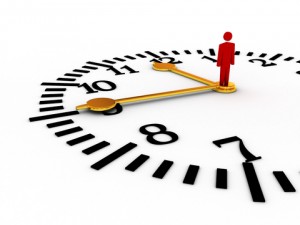
Procrastination isn’t the problem. It’s time management – that working smarter, not longer, ideal. Find your own path of working creatively. What makes you work best? Back to my Human Rights Campaign PSA – It took three weeks of working, and by that I mean procrastinating to form a concept that is not only relatable, but insightful as well. How did I do that? I talked to people around me about the issue of human rights, I went through my day thinking consciously about what would be different for me if I was gay, and I read a lot of books. Did that look like working from an outside perspective? Probably not.
That’s my creative process. Research includes procrastination for the sake of gaining those experiences that help me do my job. What is your creative process? Do you have one? Define it, use it, and never be afraid to defend it.
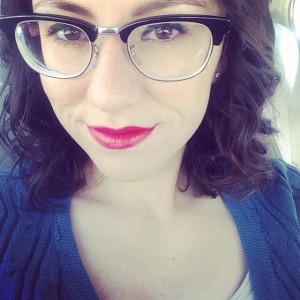 Donnine Canamar is a Creative Visual Communications specialist from Albuquerque, New Mexico. Donnine’s interest in media comes from her greatest ambition to change societal opinions in a positive and enduring way. Inspiration is her greatest gift, and she wants to nurture that in others. Find Donnine Canamar on Linkedin.com or don9.me for more information!
Donnine Canamar is a Creative Visual Communications specialist from Albuquerque, New Mexico. Donnine’s interest in media comes from her greatest ambition to change societal opinions in a positive and enduring way. Inspiration is her greatest gift, and she wants to nurture that in others. Find Donnine Canamar on Linkedin.com or don9.me for more information!
Donnine is working as an Animator on an Animated multimedia book, Bella the Caterpillar (written by 7yr old Marisol Paramo) to be published in the late Fall by Community Publishing: From the Community For the Community!
Community Publishing brings local artists of all mediums together in creative collaborations for distribution as multimedia eBooks while promoting literacy in our communities.
We are proud to be a community partner and digital marketer at the Rail Yards Market.
#JoinOurCommunity at http://communitypublishing.org
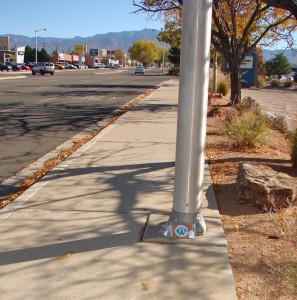 Free Art Friday is upon us and art is in the air! As a participating artist in Free Art Friday Albuquerque I often try to imagine what it is like to find a piece of art on Free Art Friday. In the busy life of rushing that most people live finding a piece of art is something that makes one pause and contemplate creativity and in the shifting of attention from our normal routine we start noticing other new things in our path that we had been missing.
Free Art Friday is upon us and art is in the air! As a participating artist in Free Art Friday Albuquerque I often try to imagine what it is like to find a piece of art on Free Art Friday. In the busy life of rushing that most people live finding a piece of art is something that makes one pause and contemplate creativity and in the shifting of attention from our normal routine we start noticing other new things in our path that we had been missing.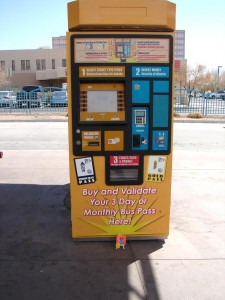 otherwise. Imagine being on your way to work or having a bad day when all of a sudden seemingly out of nowhere you see a piece of art that chose you to be its owner, that can make you feel special and change the tone of your whole day.
otherwise. Imagine being on your way to work or having a bad day when all of a sudden seemingly out of nowhere you see a piece of art that chose you to be its owner, that can make you feel special and change the tone of your whole day.

